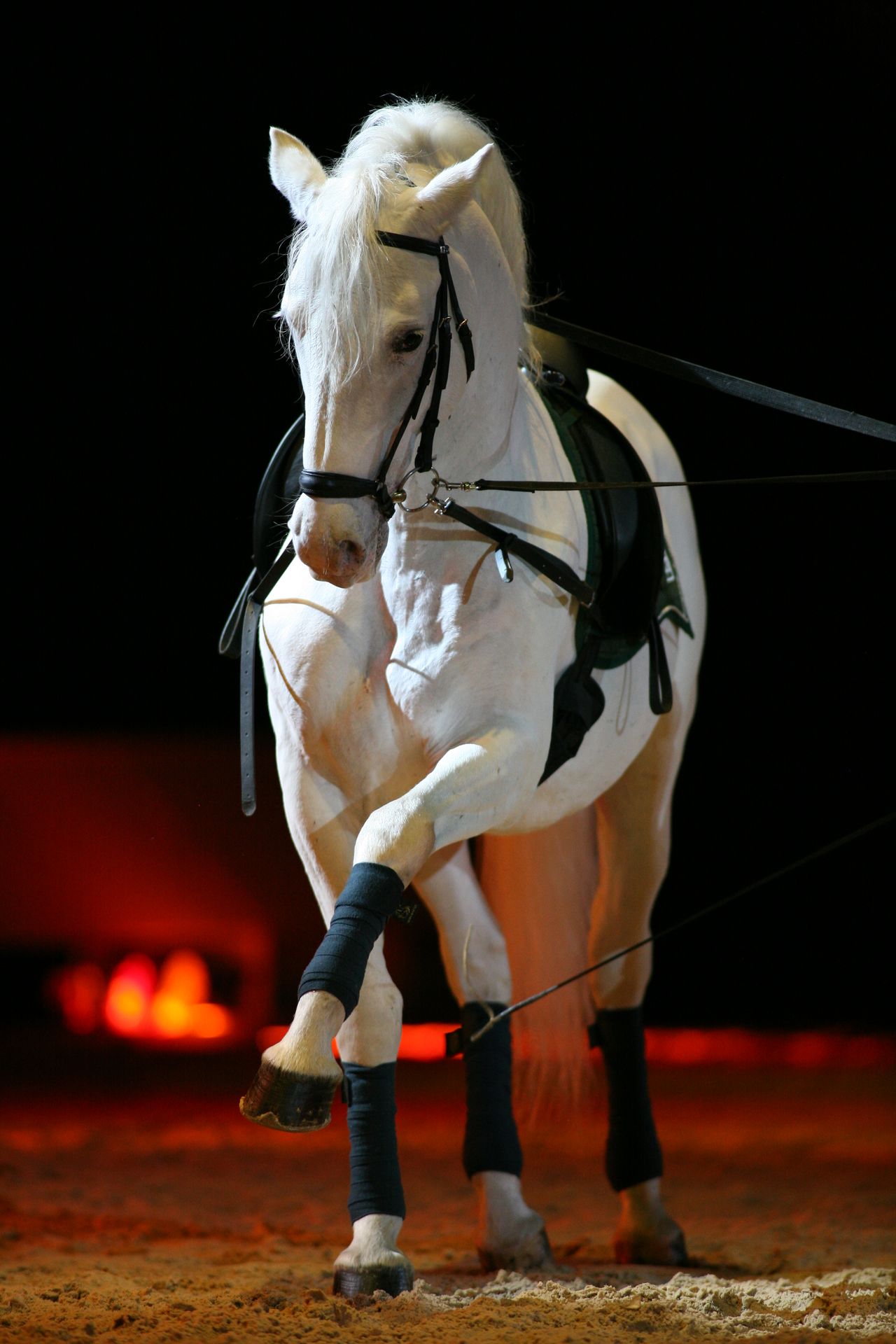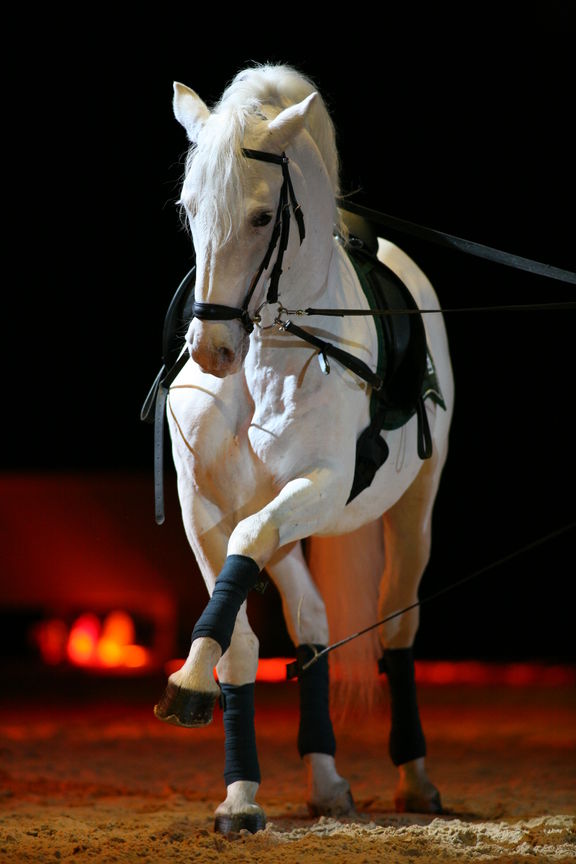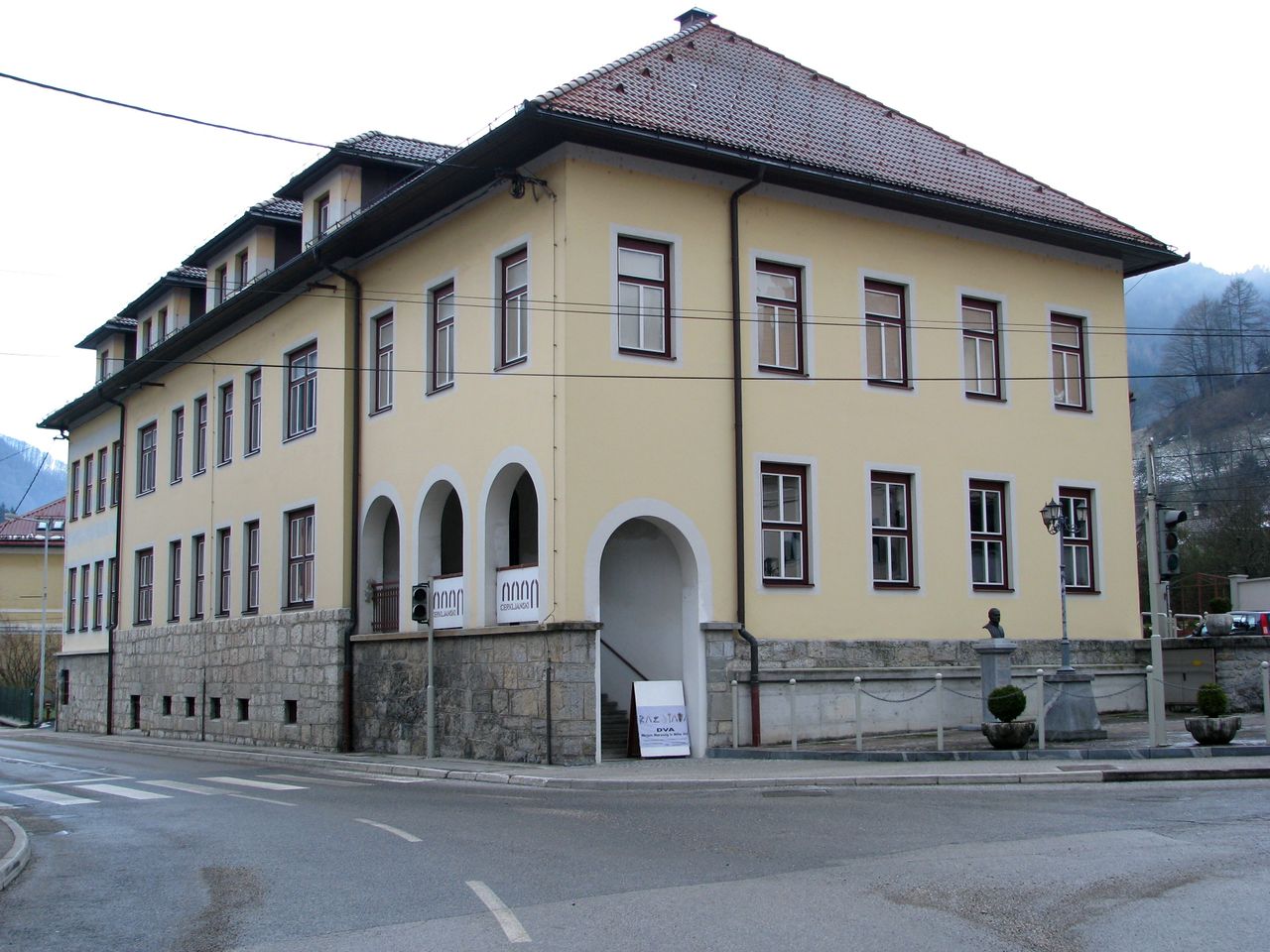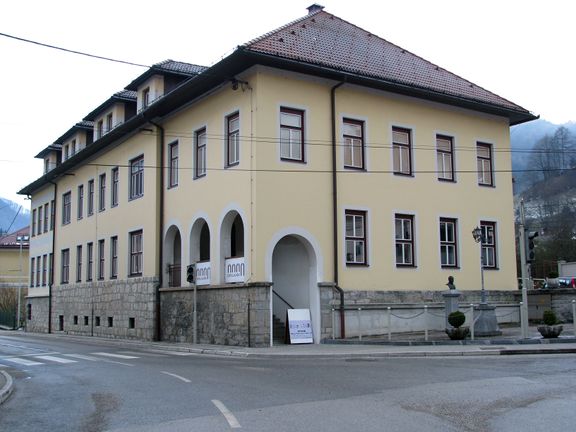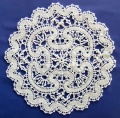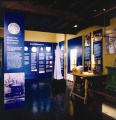Difference between revisions of "Category:Intangible heritage"
(nova cat. Ethnographic museums and collections) |
|||
| (11 intermediate revisions by 4 users not shown) | |||
| Line 1: | Line 1: | ||
| − | + | {{Article | |
| − | In Slovenia | + | | status = NIFERTIK! |
| − | * oral traditions and folk literature (e.g. [[2 Reels - Association for Reanimation of Storytelling|storytelling]]) | + | | author = |
| − | * performances and presentations (theatre e.g. [[Škofja Loka Passion Play]], singing, instrumental music) | + | | maintainer = Admin |
| − | * customs and habits (seasonal customs e.g. [[Kurentovanje]] or [[Mardi Gras at Cerknica]]) | + | | published date = |
| − | * knowledge and practices concerning the environment | + | | title = |
| − | * traditional craftsmanship (e.g. [[Lace Festival, Idrija|lacemaking from Idrija]], [[Museum of Salt Making, Sečovlje|traditional salt making]]) | + | | subtitle = |
| − | * cultural environment | + | | blurb = In Slovenia, we find rich intangible heritage from the following areas: oral traditions and folk literature; performances and presentations; customs and habits; knowledge and practices concerning the environment; traditional craftsmanship; and the cultural environment. |
| + | |||
| + | }} | ||
| + | |||
| + | |||
| + | {{Teaser| | ||
| + | UNESCO defines intangible culture as the practices, representations, expressions, knowledge, skills that communities recognise as part of their cultural heritage. It is transmitted from generation to generation, constantly recreated by communities and groups in response to their environment, their interaction with nature and their history, and provides them with a sense of identity and continuity, thus promoting respect for cultural diversity and human creativity. | ||
| + | }} | ||
| + | |||
| + | |||
| + | In Slovenia, intangible heritage is typically divided into the following areas: | ||
| + | * oral traditions and folk literature (e.g., [[2 Reels - Association for Reanimation of Storytelling|storytelling]]); | ||
| + | * performances and presentations (theatre, e.g., [[Škofja Loka Passion Play]], singing, instrumental music); | ||
| + | * customs and habits (seasonal customs, e.g., [[Kurentovanje]] or [[Mardi Gras at Cerknica]]); | ||
| + | * the knowledge and practices concerning the environment; | ||
| + | * traditional craftsmanship (e.g., [[Lace Festival, Idrija|lacemaking from Idrija]], [[Museum of Salt Making, Sečovlje|traditional salt-making]]); | ||
| + | * the cultural environment. | ||
Its safeguarding is based on the UNESCO Convention (2003) and the state law on natural and cultural heritage (2008) and is coordinated by the [[Slovene Ethnographic Museum]]. | Its safeguarding is based on the UNESCO Convention (2003) and the state law on natural and cultural heritage (2008) and is coordinated by the [[Slovene Ethnographic Museum]]. | ||
| − | + | '''The National Register of the Intangible Cultural Heritage of Slovenia''' lists over 80 items, among them: the [[Škofja Loka Passion Play]]; the [[Cerkno Museum|Laufarija in Cerkno]]; the [[Kurentovanje|Procession of the ''Kurent – Korant'']]; [[Idrija Lace Festival|the making of Idrija bobbin lace]]; [[Public Institute Ribnica Handicraft Centre#Handicraft heritage|Ribnica woodenware]]; the [[Museum of Salt Making, Sečovlje|Traditional production of sea salt]]; the [[Lipica Stud Farm|Traditional breeding and keeping of Lipizzaner horses at the Lipica stud farm]]; [[:Category:Folk pop music|Slovene folk-pop music]]; the [[Reading Badge of Slovenia Association|Reading Badge movement]]; and the [[Museum of Apiculture, Radovljica|Painting beehive panels]]. See also the list of [[:Category:Intangible_heritage_festivals|intangible heritage festivals]]. | |
| − | + | '''The UNESCO Representative List of the Intangible Cultural Heritage of Humanity''' also includes the ones related to Slovenia: the [[Škofja Loka Passion Play]] (inscribed in 2016); the [[Kurentovanje|Door-to-door rounds of Kurenti]] (2017); the [[Idrija Lace Festival|Bobbin LaceMaking]] (2018); and the ''Art of dry stone walling, knowledge and techniques'' (Croatia, Cyprus, France, Greece, Italy, Slovenia, Spain and Switzerland) (2018). | |
== External links == | == External links == | ||
| − | *[http://www.nesnovnadediscina.si/en/register The | + | *[http://www.nesnovnadediscina.si/en/register The National Register of the Intangible Cultural Heritage of Slovenia] |
| − | *[https://ich.unesco.org/en/lists Lists of Intangible Cultural Heritage and the Register of | + | *[https://ich.unesco.org/en/lists Lists of Intangible Cultural Heritage and the Register of Good Safeguarding Practices] |
| Line 24: | Line 40: | ||
{{portal}} | {{portal}} | ||
| − | [[Category: | + | [[Category:Cultural heritage]] |
| − | [[Category: | + | [[Category:Top categories]] |
[[Category:Ethnographic museums and collections]] | [[Category:Ethnographic museums and collections]] | ||
| + | |||
| + | [[Category:Selected]] | ||
| + | [[Category:Topics]] | ||
| + | [[Category:Updated 2020]] | ||
| + | [[Category:Cultural heritage]] | ||
__NOTOC__ | __NOTOC__ | ||
{{NOSMW}} | {{NOSMW}} | ||
Latest revision as of 20:29, 23 February 2021
In Slovenia, intangible heritage is typically divided into the following areas:
- oral traditions and folk literature (e.g., storytelling);
- performances and presentations (theatre, e.g., Škofja Loka Passion Play, singing, instrumental music);
- customs and habits (seasonal customs, e.g., Kurentovanje or Mardi Gras at Cerknica);
- the knowledge and practices concerning the environment;
- traditional craftsmanship (e.g., lacemaking from Idrija, traditional salt-making);
- the cultural environment.
Its safeguarding is based on the UNESCO Convention (2003) and the state law on natural and cultural heritage (2008) and is coordinated by the Slovene Ethnographic Museum.
The National Register of the Intangible Cultural Heritage of Slovenia lists over 80 items, among them: the Škofja Loka Passion Play; the Laufarija in Cerkno; the Procession of the Kurent – Korant; the making of Idrija bobbin lace; Ribnica woodenware; the Traditional production of sea salt; the Traditional breeding and keeping of Lipizzaner horses at the Lipica stud farm; Slovene folk-pop music; the Reading Badge movement; and the Painting beehive panels. See also the list of intangible heritage festivals.
The UNESCO Representative List of the Intangible Cultural Heritage of Humanity also includes the ones related to Slovenia: the Škofja Loka Passion Play (inscribed in 2016); the Door-to-door rounds of Kurenti (2017); the Bobbin LaceMaking (2018); and the Art of dry stone walling, knowledge and techniques (Croatia, Cyprus, France, Greece, Italy, Slovenia, Spain and Switzerland) (2018).
External links
- The National Register of the Intangible Cultural Heritage of Slovenia
- Lists of Intangible Cultural Heritage and the Register of Good Safeguarding Practices
Upcoming events abroad
-
28 May 2024
A projection of "Snatched from the Source - Zajeti v izviru: Slovenski otroci Lebensborna", a documentary film about last living Slovenian victims of the Nazi racial experiment: Ingrid von Oelhafen, Hay Henry Hayder, Franc Zagožen, and Ivan Acman. After the projection, there will be a talk with the director Maja Weiss, the writer Nataša Konc Lorenzutti and professor Marija Wakounig from the University of Vienna. In collaboration with Institut für Osteuropäische Geschichte der Universität Wien and Bela Film.
Articles in category "Intangible heritage"
The following 34 pages are in this category, out of 34 total.
D
I
S
Media in category "Intangible heritage"
The following 48 files are in this category, out of 48 total.
- 0M8A5639.jpg 721 × 1,024; 143 KB
- 0M8A5811.jpg 1,280 × 853; 126 KB
- 11.2.2023 Otvoritvena etno povorka Stanko Kozel-299.jpg 1,024 × 682; 123 KB
- 11.2.2023 Otvoritvena etno povorka Stanko Kozel-329.jpg 1,024 × 682; 108 KB
- 21.-2.-2023 Predaja-oblasti-in-pokop-pusta Stanko-Kozel-43.jpg 1,280 × 853; 117 KB
- 21.-2.-2023 Predaja-oblasti-in-pokop-pusta Stanko-Kozel-48.jpg 1,280 × 853; 158 KB
- Cerkno Museum 2008 Permanent exhibition Photo Tomaz Lauko (2).jpg 4,352 × 3,264; 2.19 MB
- Cerkno Museum 2008 Permanent exhibition Photo Tomaz Lauko (3).jpg 4,352 × 3,264; 3.44 MB
- Cerkno Museum 2008 Permanent exhibition Photo Tomaz Lauko (4).jpg 4,352 × 3,264; 2 MB
- Cerkno Museum 2008 Permanent exhibition Photo Tomaz Lauko.jpg 4,352 × 3,264; 3.03 MB
- DSC06942.jpg 1,280 × 821; 179 KB
- DSC09482.jpg 1,280 × 853; 111 KB
- DSC09660.jpg 1,280 × 853; 181 KB
- Hudič Stanko Kozel 2023.jpg 2,376 × 1,584; 1.32 MB
- Idrija Lace Festival 2005 Idrija lace.jpg 1,972 × 1,944; 884 KB
- Idrija Lace Festival 2007 Contemporary fashion design exhibition Photo Jani Peternelj.jpg 3,687 × 1,844; 2.88 MB
- Idrija Lace Festival 2007 Footwear design by Ana Novak Photo Jani Peternelj.jpg 2,592 × 3,872; 487 KB
- Idrija Lace Festival 2007 Installation Photo Jani Peternelj (2).jpg 2,008 × 3,000; 3.81 MB
- Idrija Lace Festival 2007 Installation Photo Jani Peternelj.jpg 3,872 × 2,592; 664 KB
- Idrija Lace Festival 2008 replica of tablecloth Photo Jani Peternelj.jpg 3,872 × 2,592; 4.51 MB
- Idrija Lace Festival demonstration by students Photo Jani Peternelj.jpg 3,331 × 2,230; 4.94 MB
- Kurenti koranti Stanko Kozel 2023 N.jpg 1,800 × 1,200; 1.03 MB
- Lipica Stud Farm 2004 Pastures.jpg 1,280 × 960; 488 KB
- Lipica Stud Farm 2005 Lipizzaner horses.jpg 2,448 × 3,264; 5.01 MB
- Lipica Stud Farm 2008 Classical Riding School Photo Dalibor Gregor.jpg 3,008 × 2,000; 2.97 MB
- Lipica Stud Farm 2008 Classical Riding School Photo Patrick Dome.jpg 2,912 × 4,368; 4.22 MB
- Lipica Stud Farm 2011 Lipizzaner horses.jpg 4,288 × 2,848; 2.92 MB
- Ljutomer Trotter Museum 2014 trotter.jpg 2,677 × 2,009; 3.16 MB
- Loka Museum 1998 permanent exhibition.jpg 1,696 × 1,757; 2.79 MB
- Museum of Salt Making Secovlje 2020 Entrance Photo Kaja Brezocnik.jpg 2,048 × 1,365; 1,011 KB
- Museum of Salt Making Secovlje 2020 Exterior Photo Kaja Brezocnik (1).jpg 2,048 × 1,365; 840 KB
- Museum of Salt Making Secovlje 2020 Exterior Photo Kaja Brezocnik (2).jpg 2,048 × 1,365; 906 KB
- Museum of Salt Making Secovlje 2020 Exterior Photo Kaja Brezocnik (3).jpg 2,048 × 1,365; 868 KB
- Museum of Salt Making Secovlje 2020 Exterior Photo Kaja Brezocnik (4).jpg 2,048 × 1,365; 1.02 MB
- Museum of Salt Making Secovlje 2020 Secovlje Regional Park Photo Kaja Brezocnik (1).jpg 2,048 × 1,365; 1.28 MB
- Museum of Salt Making Secovlje 2020 Secovlje Regional Park Photo Kaja Brezocnik (2).jpg 2,048 × 1,365; 610 KB
- Museum of Salt Making Secovlje 2020 Secovlje Regional Park Photo Kaja Brezocnik (3).jpg 2,048 × 1,365; 945 KB
- Museum of Salt Making Secovlje 2020 Secovlje Regional Park Photo Kaja Brezocnik (4).jpg 2,048 × 1,365; 894 KB
- Museum of Salt Making Secovlje 2020 Secovlje Regional Park Photo Kaja Brezocnik (5).jpg 2,048 × 1,365; 824 KB
- Museum of Salt Making Secovlje 2020 Secovlje Regional Park Photo Kaja Brezocnik (6).jpg 2,048 × 1,365; 1.18 MB
- Museum of Salt Making Secovlje 2020 Secovlje Regional Park Photo Kaja Brezocnik (7).jpg 2,048 × 1,370; 1.01 MB
- Museum of Salt Making Secovlje 2020 Secovlje Regional Park Photo Kaja Brezocnik (8).jpg 2,048 × 1,365; 727 KB
- National competition in lacemaking at the Idrija Lace Festival - Photo Jani Peternelj.jpg 3,331 × 2,230; 3.87 MB
- Obhodi kurentov Stanko Kozel 2023.jpg 2,120 × 1,342; 1.04 MB
- Orači 2023 Stanko Kozel Mednarodna.jpg 6,000 × 4,000; 4.25 MB
- Ptujski prstan Kurentovanje 2023 Stanko Kozel (9).jpg 2,048 × 1,366; 1.14 MB
- Pustna ringarajanja Stanko Kozel 2023.jpg 1,901 × 1,267; 712 KB
- Vile 11.2.2023 Otvoritvena etno povorka 2023 Stanko Kozel final.jpg 3,000 × 2,000; 1.21 MB



